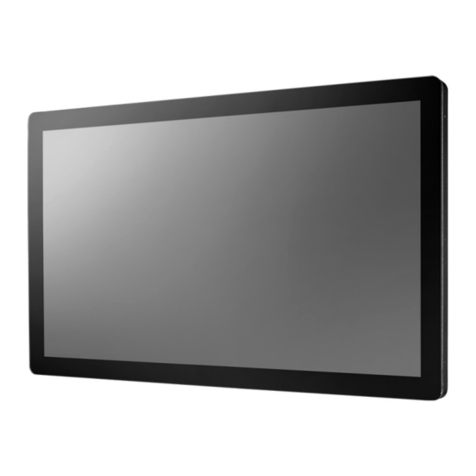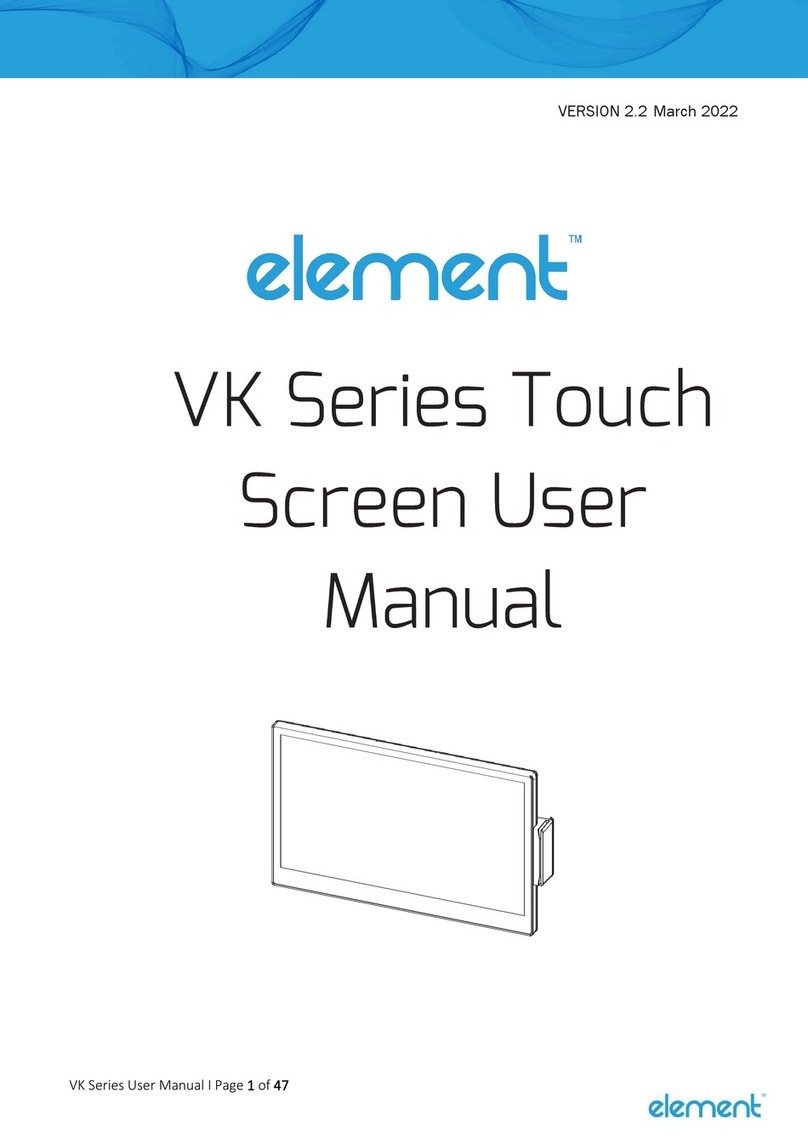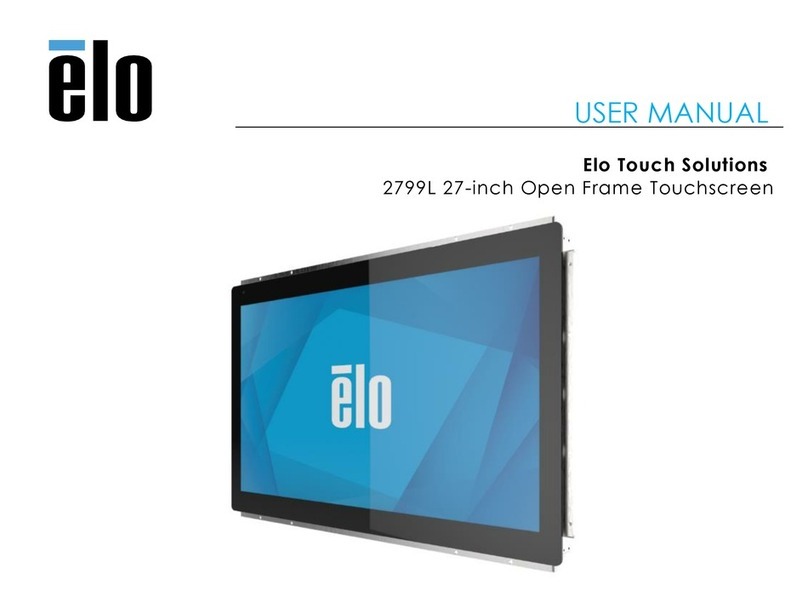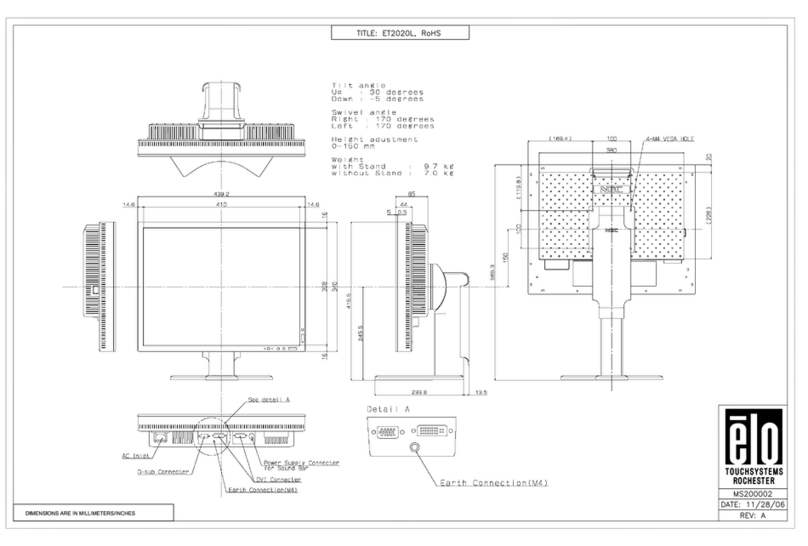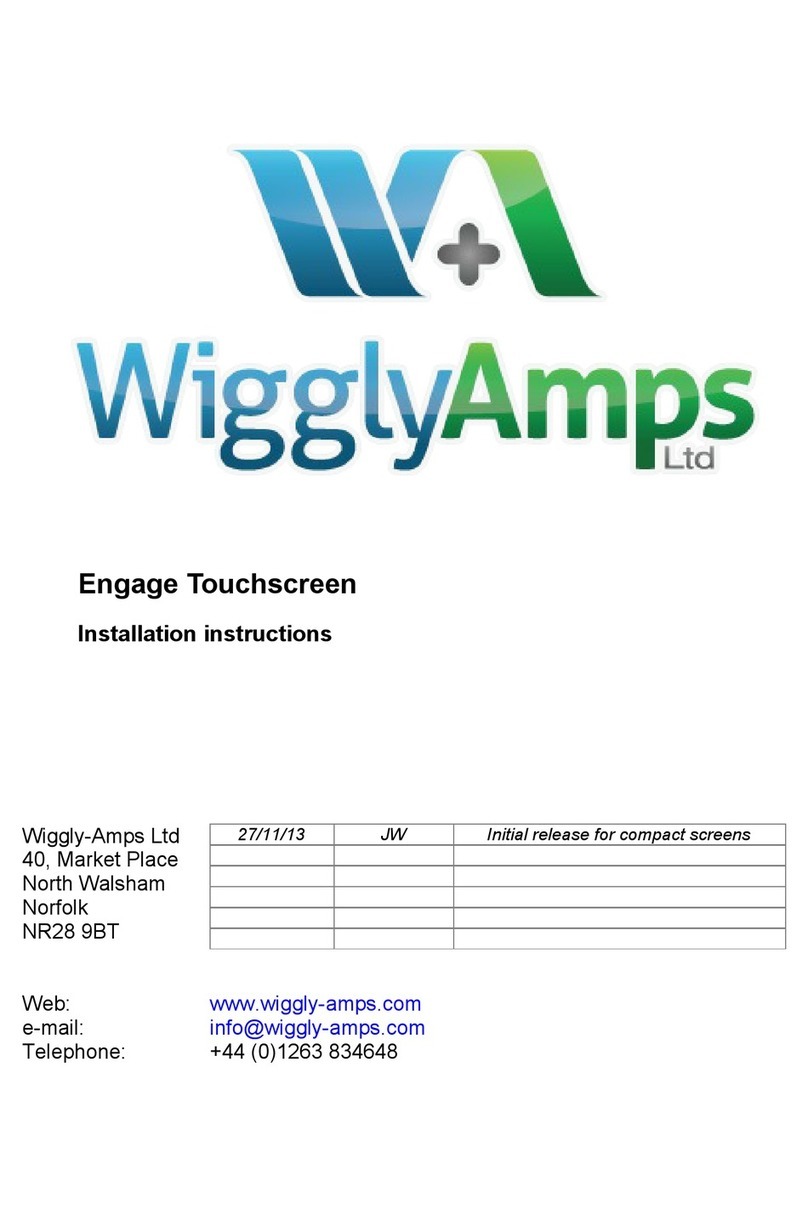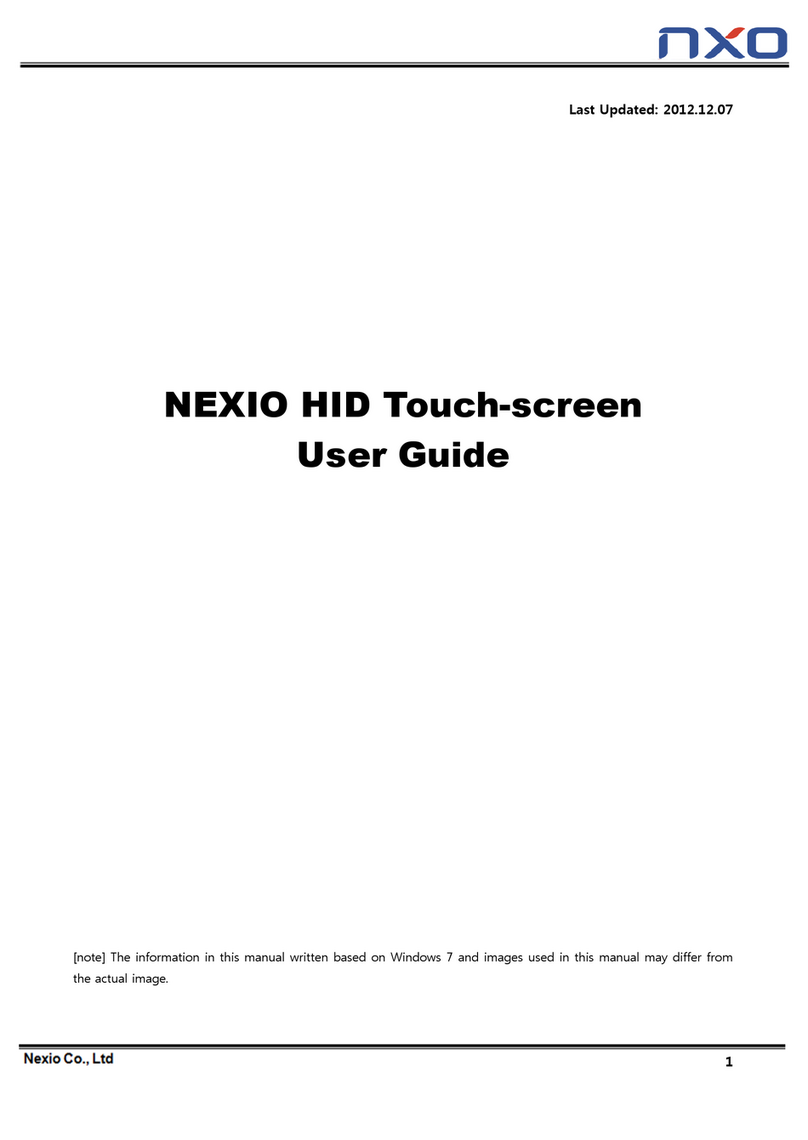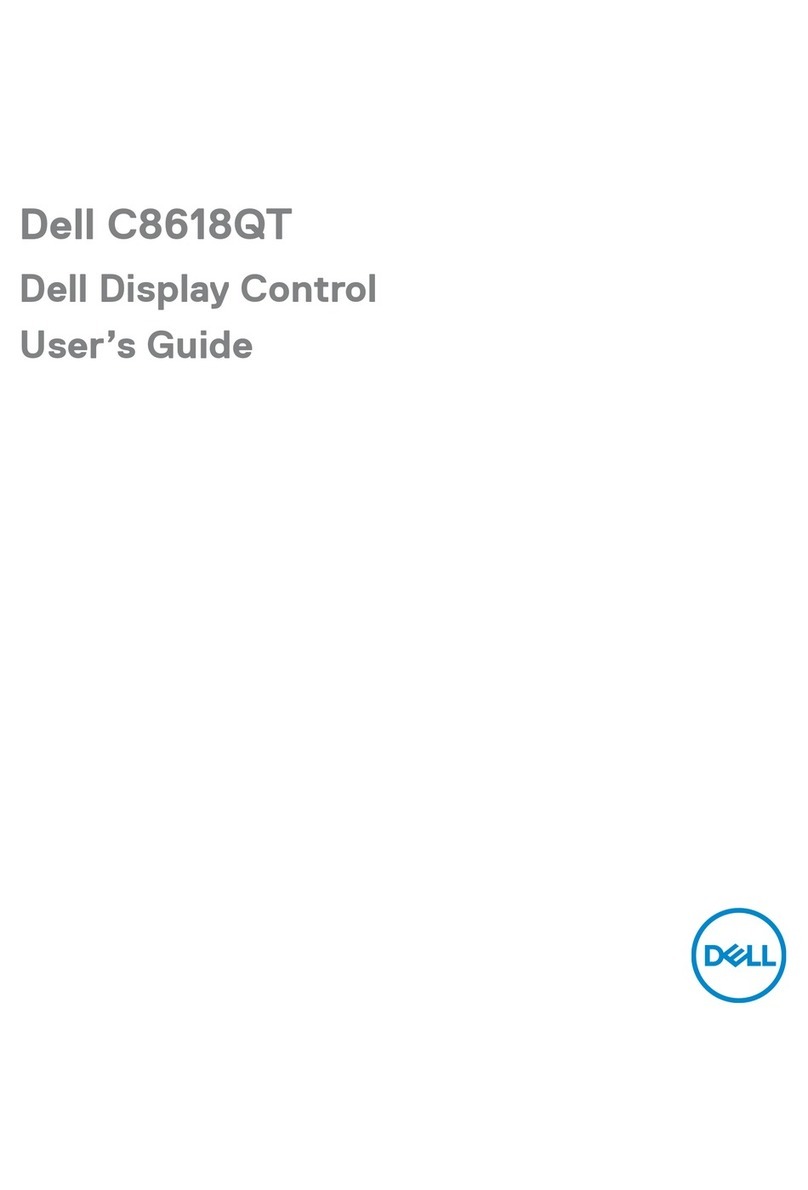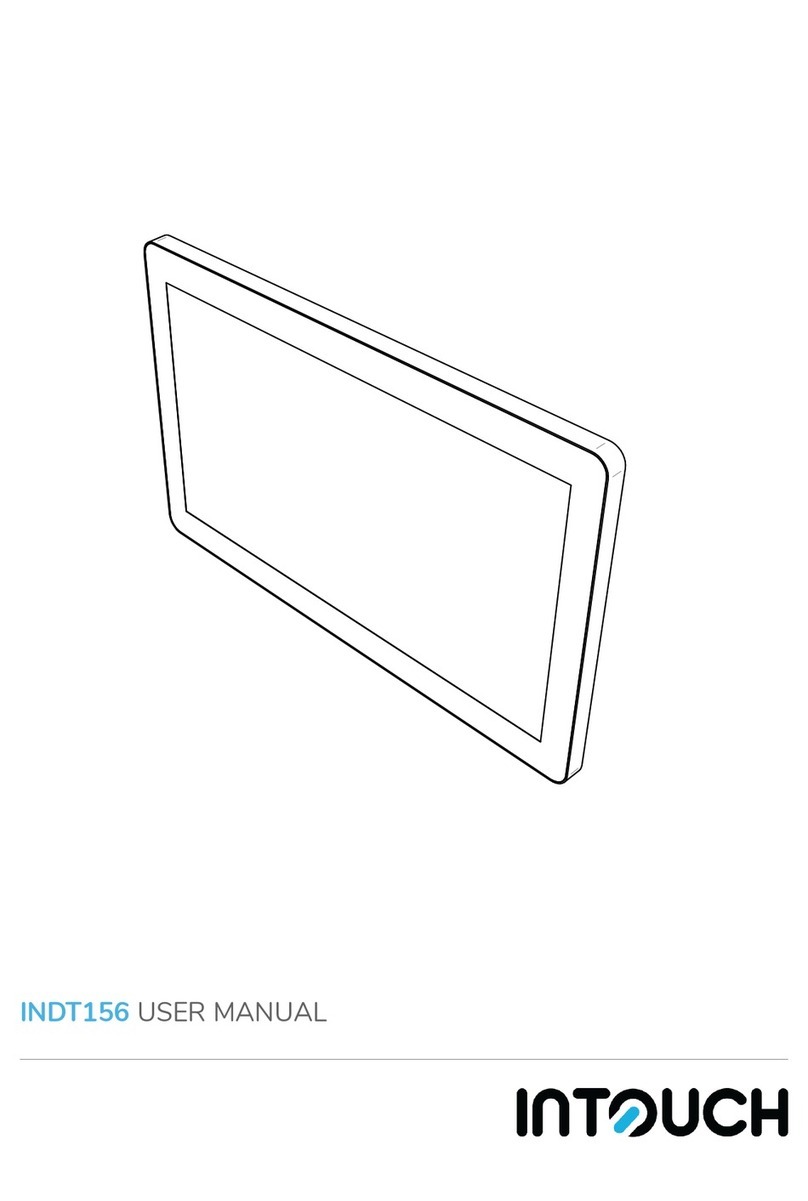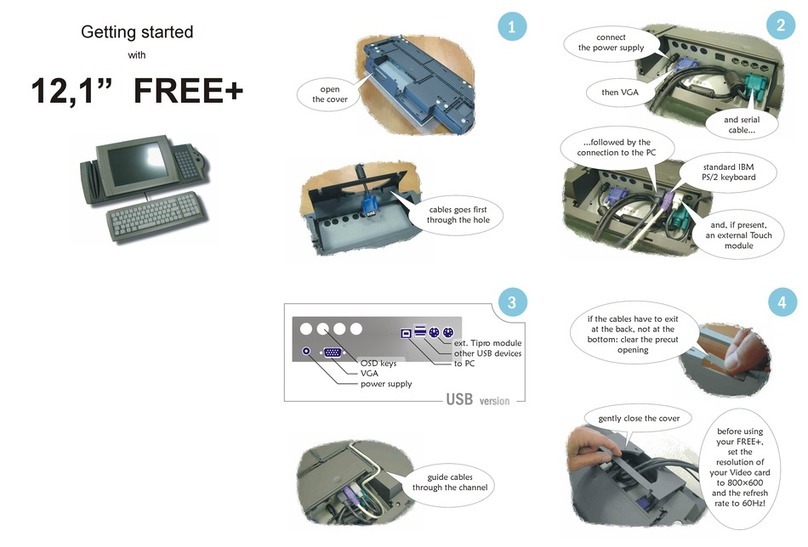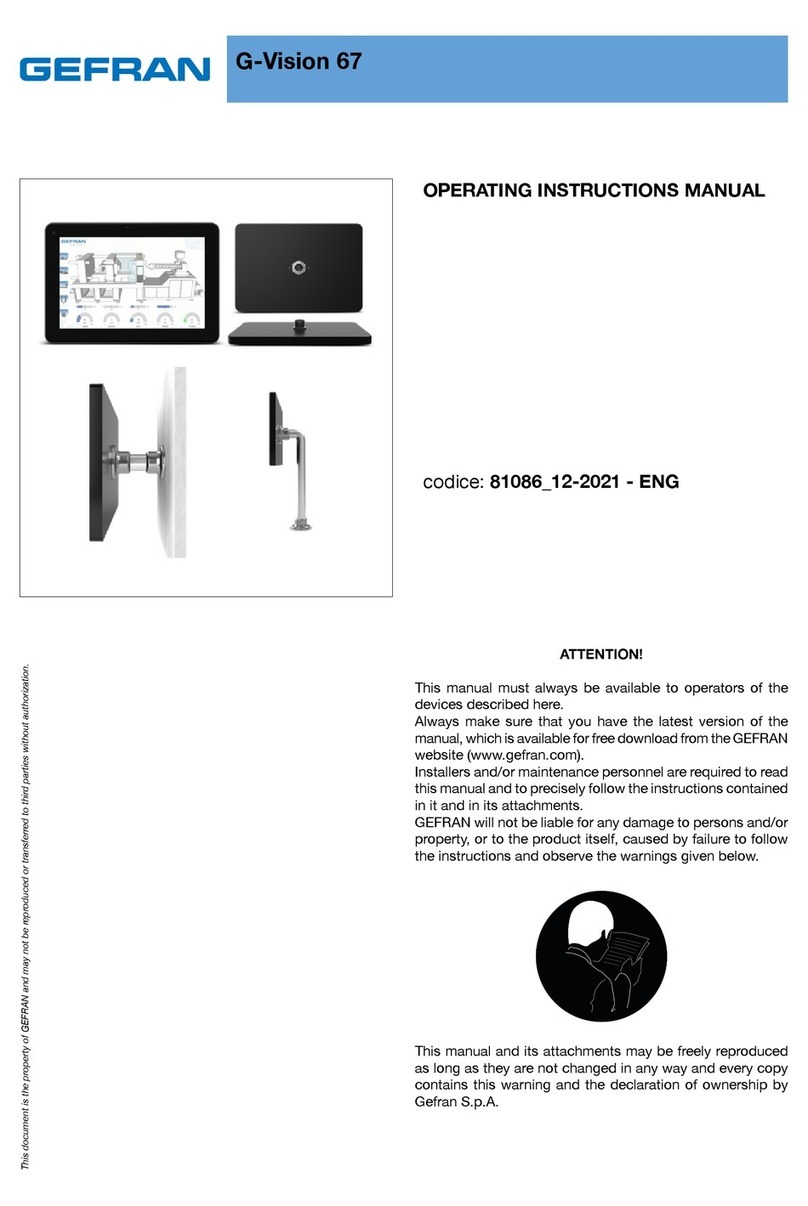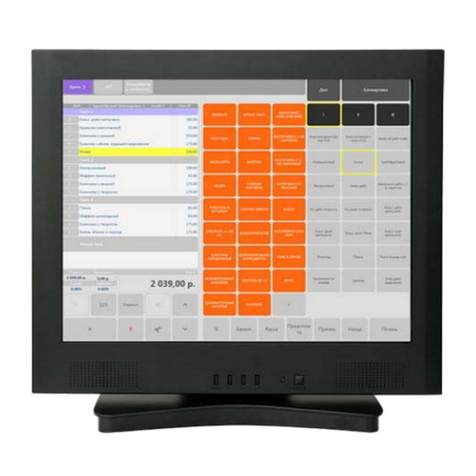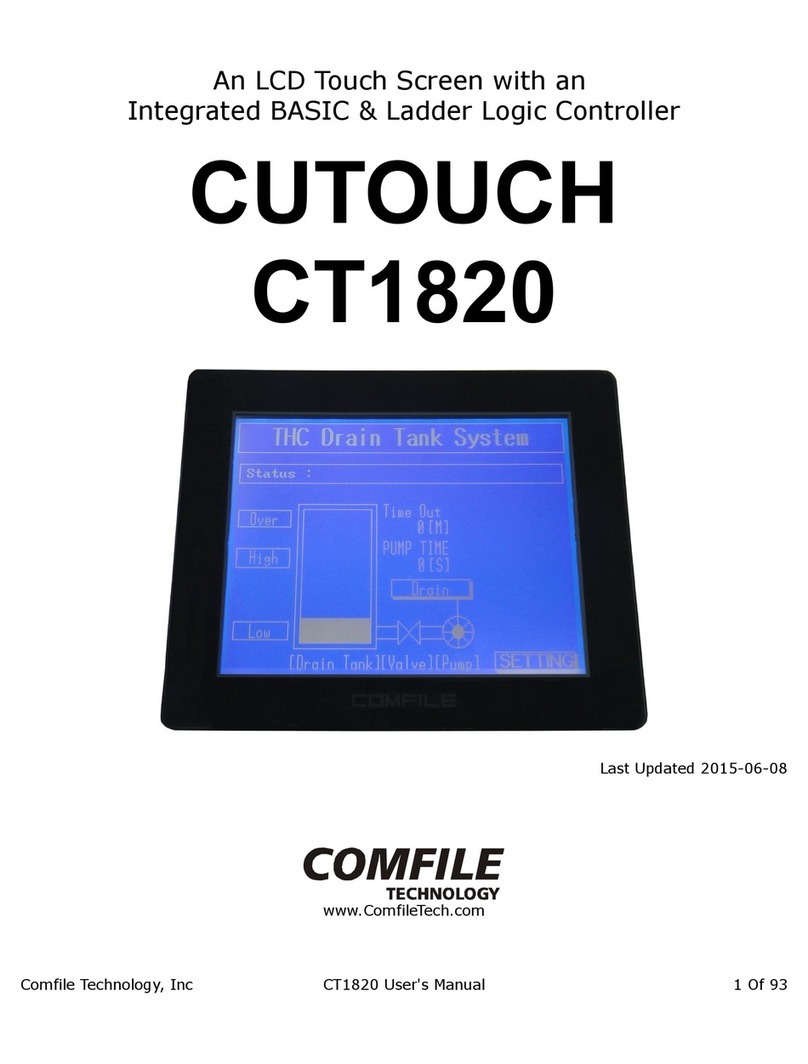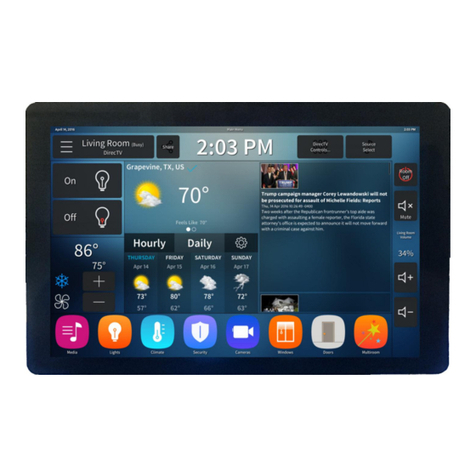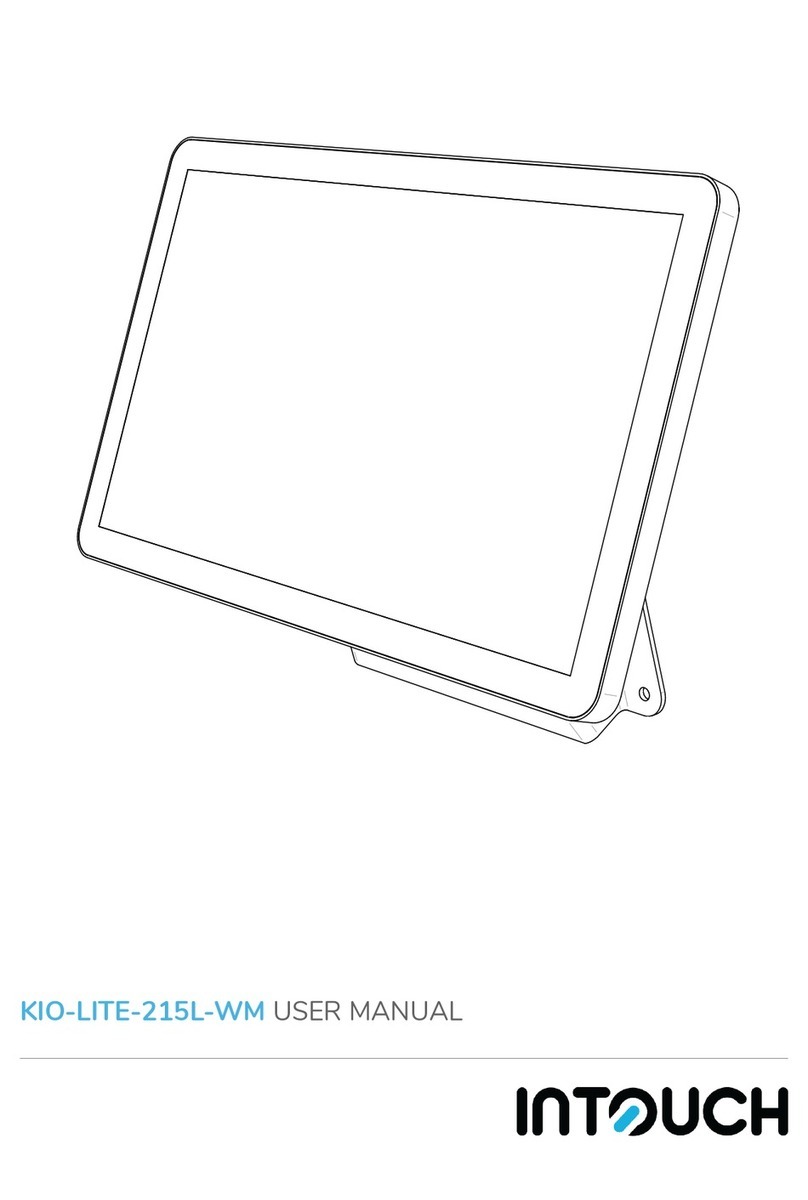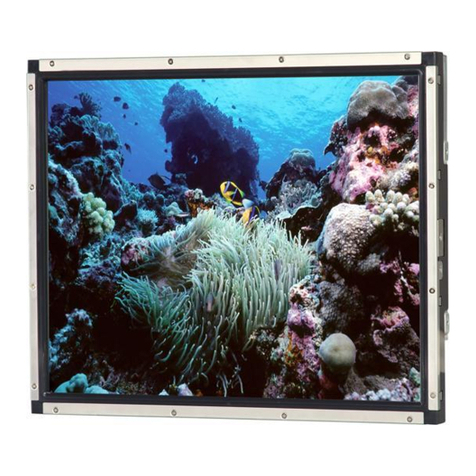
TABLE OF CONTENTS
Technology Overview ........................................................................................................................................................... 4
Introduction to RXT ............................................................................................................................................................. 4
Quick Start ............................................................................................................................................................................. 4
Features ................................................................................................................................................................................. 5
Hardware................................................................................................................................................................................ 6
Safety Instructions............................................................................................................................................................... 6
RXT-4 Rear Panel Features................................................................................................................................................ 7
RXT-8 Rear Panel Features................................................................................................................................................ 8
RXT-7 Rear Panel Features................................................................................................Error! Bookmark not defined.
RXT-8-D Rear Panel Features............................................................................................................................................ 9
RXT-10 Rear Panel Features..............................................................................................Error! Bookmark not defined.
RXT-10-D Rear Panel Features.......................................................................................................................................... 9
RXT-VS Rear Panel Features........................................................................................................................................... 10
Device Setup........................................................................................................................................................................ 11
Setup ................................................................................................................................................................................. 11
Time Settings .................................................................................................................................................................... 11
Network Settings ............................................................................................................................................................... 12
Security Settings ............................................................................................................................................................... 13
Port Setup ......................................................................................................................................................................... 13
Device Settings ................................................................................................................................................................. 14
Event Manager.................................................................................................................................................................. 14
Diagnostics........................................................................................................................................................................ 15
System Info ....................................................................................................................................................................... 16
Serial Port Diagnostics...................................................................................................................................................... 16
Firmware Update............................................................................................................................................................... 17
File Transfer ...................................................................................................................................................................... 18
Kiosk..................................................................................................................................................................................... 18
Home Page ....................................................................................................................................................................... 18
Kiosk Menu........................................................................................................................................................................ 19
Kiosk Settings Menu ......................................................................................................................................................... 20
Core Studio Design Software............................................................................................................................................. 20
Overview ........................................................................................................................................................................... 20
Software Installation.......................................................................................................................................................... 20
Software Operation ........................................................................................................................................................... 21
